Every year for the past 14 years, the TV Shootout has pitted the top performing TVs against each other to determine which manufacturer makes the best TV. The event was the brainchild of Robert Zohn, owner of Value Electronics - a high-end audio/video salon in Scarsdale, NY. Robert, an A/V enthusiast himself, always wanted to know how the top sets compared against each other, so he set up the annual TV Shootout to answer the burning question: "Who is the current King of TVs?"
Since Robert carries all of the high-end TV brands in his store -- including LG, Sony and Samsung -- he can take a few sets out of his own inventory, bring together top-notch calibrators to ensure that each set is performing at its peak, and see how the sets handle a variety of challenging video content. But without an audience, such an event would be far less interesting, so Robert invites leading A/V journalists, video industry professionals, content experts and local hobbyists to attend and participate. The official results are taken only from the panel of professional judges, but audience votes are also tabulated.
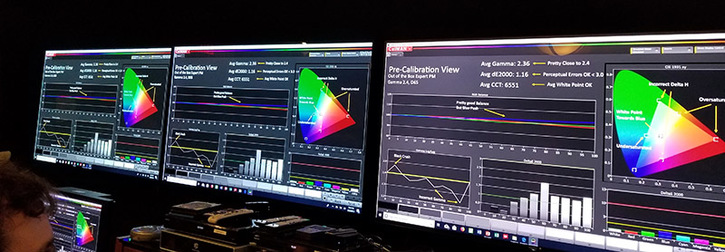
Normally, Robert holds the event in his showroom in Scarsdale, NY, but recently the event grew to be a part of the "CE Week" technology show in New York City. And while this brought the event to a wider audience, it also added its own complications. Show sponsors wanted to be included in the consideration. This led to a hilarious "contender" being included in last year's shoot out: an inexpensive Westinghouse set which couldn't hold a candle to the more lofty (and of course more expensive) competition. Crowd sizes and venue limitations made control of lighting problematic. And attention spans of casual visitors to the show could not be sustained long enough for these visitors to get the big picture.
Back to Basics
This past Sunday, Robert returned to his roots, hosting the 2018 TV Shootout in his store. It was a bit of a tight fit, and the event spanned more than six hours, but as usual the TV Shootout was a hit with attendees (including yours truly). It's rare that we get the opportunity to see these sets together, professionally calibrated and fed the same content. And some of the results were surprising.
In the running this year were some of the top rated TVs on the market, two OLED (Organic Light Emitting Diode) sets and two LED-lit LCD TVs with local dimming and full array backlighting. All sets supported 4K Ultra HD resolution as well as at least one flavor of HDR (High Dynamic Range). All sets were 65 inches in diagonal screen size, and all were placed at the exact same viewing height to minimize any viewing angle advantages or disadvantages.
In This Corner...
The four models included in the 2018 TV Shootout were:
Prices listed are Manufacturer's Minimum Advertised Price (MAP), though these are subject to change over time, based on promotions. LG OLED TVs have won the previous three TV Shootouts. But with Sony now in the OLED game, things definitely got interesting.
In order to judge the TVs, we were shown a variety of clips and test patterns. These were each selected in order to highlight specific areas of performance including upconversion, dark room performance, bright room performance, motion handling, color accuracy, lighting uniformity, shadow detail, perceived sharpness and color saturation. Content included a compressed satellite feed in High Definition to gauge upconversion and handling of less than perfect source material, regular Blu-ray Discs to evaluate typical home theater performance and Ultra HD Blu-ray Discs with HDR to really see what these sets could do. A content generator was also on hand to help us to judge picture uniformity.
A Reference Beyond Compare
We compared the sets not just to each other, but to the ultra expensive Sony BVM-X300 V2 RGB OLED monitor. The X300 is a broadcast reference monitor that currently sells for over $45,000 (if you can find one). This is the reference display used by film makers and video mastering professionals world wide. If one of these consumer sets can even approach the color accuracy and picture performance of the X300, it's a fine display indeed. At the Shootout they actually had two of the monitors on hand, to enable quick comparisons to any of the consumer TVs.
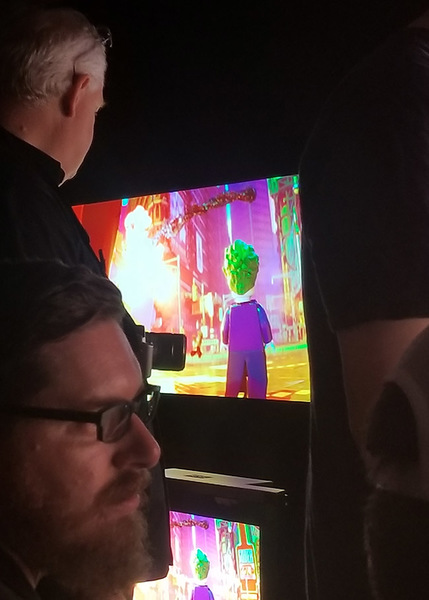
All of the TVs were calibrated by professional calibrators to ensure a level playing field. And all of the sets offered clear improvements over previous models from each manufacturer. Having covered the TV Shootout all the way back to 2011, I always enjoy seeing the improvements made by manufacturers year over year.
As far as picture quality goes, each of the TVs included in this shootout shone brightly (no pun intended) in many of the categories. Judging differences between the two OLED sets was like splitting hairs in many categories. Skin tones were a tiny bit pinker than the reference on this one, a tiny bit toward the teal on the other. Also, the bright room and 4K/HDR performance of the LED/LCD sets from Sony and Samsung were truly impressive. Those extra lumens can mean the difference between a bright dynamic picture in a well-lit living room compared to a duller, less vivid image.
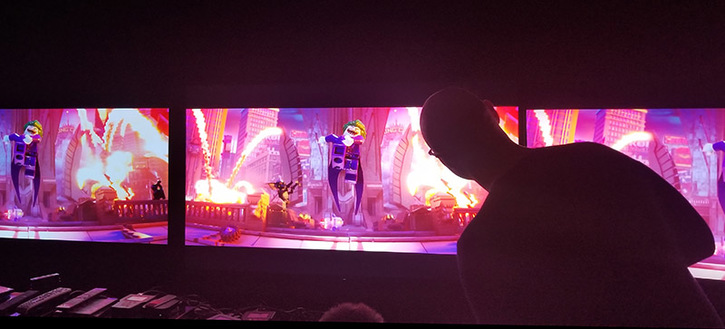
Think Globally, Dim Locally
There were only a few instances where the sets were clearly misbehaving. Both the Sony and LG OLED TVs had some visible banding issues when fed a uniform grey test pattern. This was not noticeable on any of the real world content, but it was a pretty clear flaw when viewing test patterns. Also, the Samsung QLED TV had some real problems reproducing shadow detail on some content, or reproducing images that had small pinpoints of light on a black background. We believe these issues were artifacts of the set's local dimming processing, which is intended to reproduce dark areas of the screen by turning down, or even turning off the LED backlight in specific zones. But it looks like this year's flagship Samsung set took things a little too far.
Specifically on the "Gravity" Blu-ray Disc, when Dr. Stone (Sandra Bullock) is hurtling off into space, her spacesuit-clad form is a small bright spot in a field full of stars. The OLED TVs reproduced this scene well, with the inky blackness of space peppered with bright pinpoints of starlight. The Sony LED/LCD set also did a fair job reproducing this scene, not quite matching the pure black background of the OLEDs, but still maintaining the look of deep space. But on the Samsung set, large areas of the black background were varying shades of gray, and many of the points of starlight simply disappeared.
Results were even more pronounced on the Blu-ray Disc of "Harry Potter and the Deathly Hallows, Part II." Toward the end of the film, when the Death Eaters gather to prepare for their final assault on Hogwarts, the black-clad wizards are barely visible against the dark hillside. On the OLED TVs, you could easily make out the shapes of these dark mages. The Sony LED/LCD TV also did a good job revealing these silhouetted forms. But on the Samsung, virtually all of the individual forms disappeared into darkness with only the dark Lord Voldemort himself visible on screen.
The ironic thing here is that this specific scene was one that Samsung used in previous years to highlight their LED/LCD TVs' superior shadow detail vs. competitive sets. I have to think that these apparent flaws in the local dimming algorithms on the Samsung TV can be addressed in a future software update. But for the purposes of the TV Shootout, the Samsung's performance scores were greatly impacted by these issues.
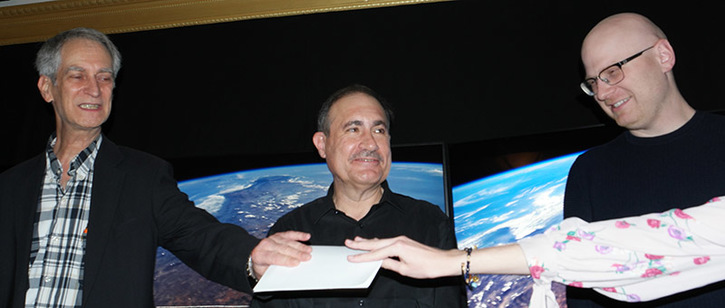
And The Winner Is...
When all was said and done, the OLED TVs clearly stood out as the strongest overall performers. Nothing currently beats OLED when it comes to black level reproduction. But picking a winner between these two sets was a real challenge. They even tied in the HDR performance category, which is pretty unusual. And they remained close through all of the categories. These results shouldn't be too surprising, considering both the LG and Sony sets use similar WRGB OLED panels, manufactured by LG. But differences in video processing were significant enough to give the Sony A9F TV a slight edge, earning it the "King of TV" title for 2018.
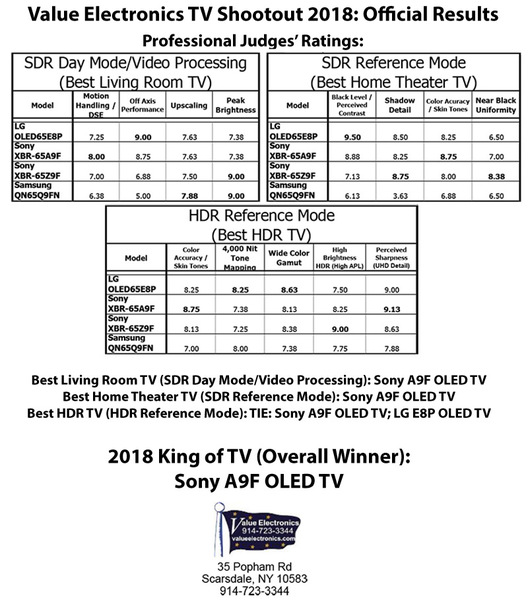
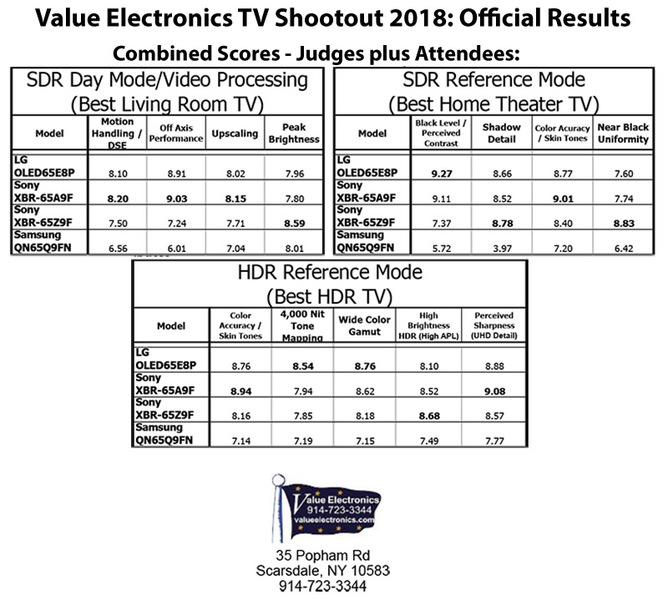
Congratulations to Sony for the win, and thanks to Robert Zohn and his crew for another fun and elightening Shootout. See you next year.
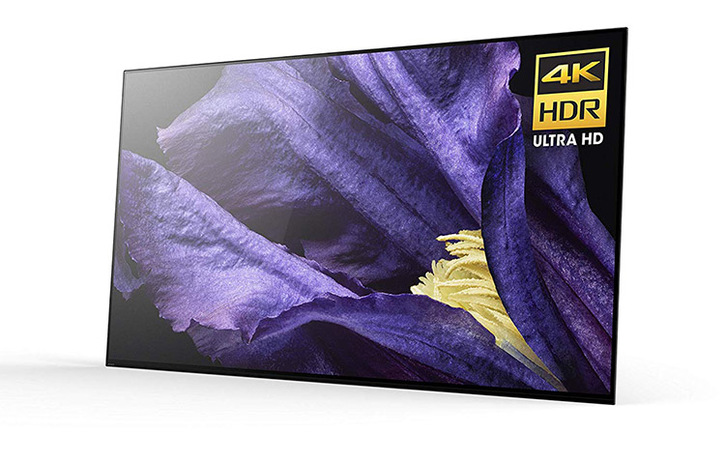
More information about Value Electronics and the TV Shootout is available at the Value Electronics web site.
Related Articles: